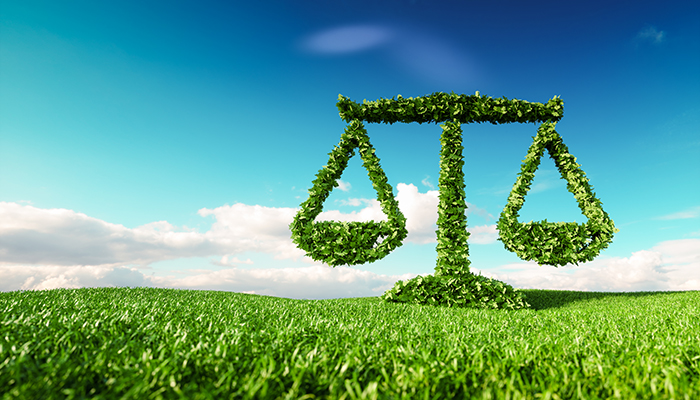 |
| Image source: https://bit.ly/3o1LdEG |
In a significant legal stride, the Supreme Court of India, in M. K. Ranjitsinh and Others vs Union of India, has affirmed a groundbreaking right: the right that establishes people’s freedom from the consequences of climate change. This cognizance derives from the rights to life and equal protection, which is a revolutionary phase in India’s environmental law.
Context and Significance
The global debate on climate change has progressively encompassed the severe effects it has began to exhibit on human rights. From affects resulting from global warming such as the melting of ice caps to weather disasters, the impacts are realized globally. In India, threatened communities have adverse experiences in the natural properties by general population through farmer’s livelihood by drought incidents to the general population displacement by coastal erosion effects. Such realities pointed to the need for legal instruments that would shield the people from adverse environmental impacts.
The Landmark Decision
During a particular judgment, the Supreme Court of India admitted that climate change is a direct threat to lives, health, and income, relying on the provision of Article 21 and equality clause. Such a decision not only confirms government’s role in the protection of citizens from adverse environmental impacts but also determines future course of environmental legal actions and policies.
Example: In the case of inequality of weather distributions seen in the state of Kerala, farmers’ incomes and livelihoods are negatively impacted through a low crop yield. The former gives legal provisions to approach the courts and the later provide means to hold the government to account for such impacts.
Empowering Environmental Activism :
This case has given a new and enthusiastic impulse to most of the environmentally concerned organizations and civil society groups all over India. Thus, it creates a legal setting to address the non-sustainable development patterns and promote climate change policies. For instance, the people of Uttrakhand have developed postures against hydropower projects, which are inimical to their environment, through legal instruments.
Example:The early CHIPKO movement of the 1970s which is an environmental movement where people hugged trees to save them from being cut down by men was the first to shape policies and decisions in refarding the environment with decision making autonomy in India.
Global Implications and Challenges
Globally, India has stood tall to support the legal consequences of climate change and the legal aspects of rejuvenating the environment. The first saving gesture came much earlier in 1992 the Rio Summit or earth summit that paved for the international cooperation for dealing with climate change a principal of common but differentiated responsibilities. Still, there are some issues, which are relevant today, the main being the conflict of interest between the economic growth and the protection of nature.
Example: The consumers in developed countries have a higher per capita consumption and past cumulative emissions they are pressured to cut emissions and provide funding for climate mitigation and adaptation in the developing nation of India.
Path Forward and Collective Action
In its essence, climate change needs collective actions at all hierarchical levels of the societies. There is a need to increase the requirements for the usage of renewable energy and the promotion of sustainable agriculture practices and the development of resilient infrastructure. It can be done through such acts as embracing environmental friendly practices, changes to low carbon footprints and embracing environmental policies or acts.
Example: A previously mentioned example includes Denmark’s rather specific goal to achieve carbon neutrality by 2050 is an example of active national policy in the sphere of sustainable development and climate change prevention.
Conclusion: Looking Ahead
The latest verdict by the Supreme Court of India shows the increasing trend of regarding climate change as a human rights issue and indicates the direction towards legal measures coupled with policy change. We need to demand good environmental laws, stand up for indigenous people and the environment and pressure governments into following through with their word. In so doing, none of us can just sit back and let the detriment to the earth continue as many generations have done.
Call to Action:
Check the social media often you will receive updates on climate change and you will also learn ways on how to make the world a greener place. They are, but together we can make a difference in fighting the effects of climate change and preserving our world.
When it comes to the issues of climate change we have to bear in mind that every step counts in the attempts to preserve planet for the generations to come.


